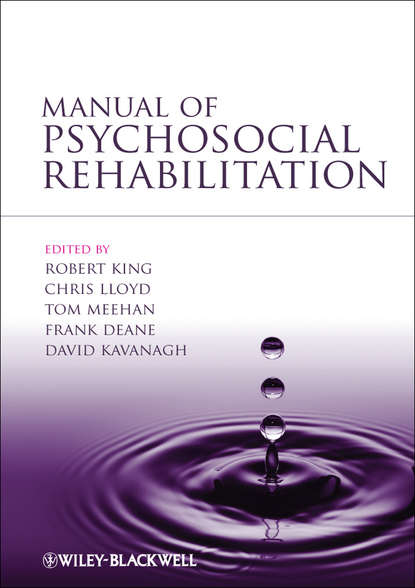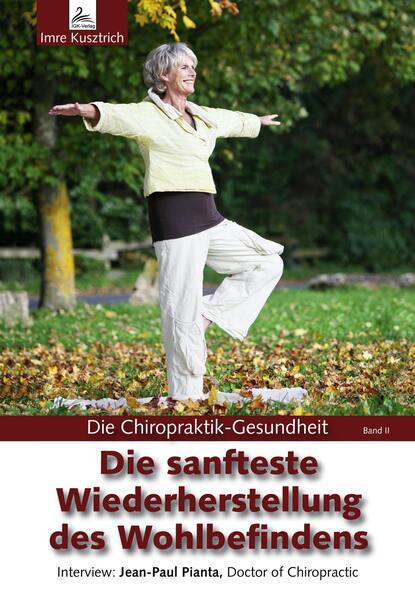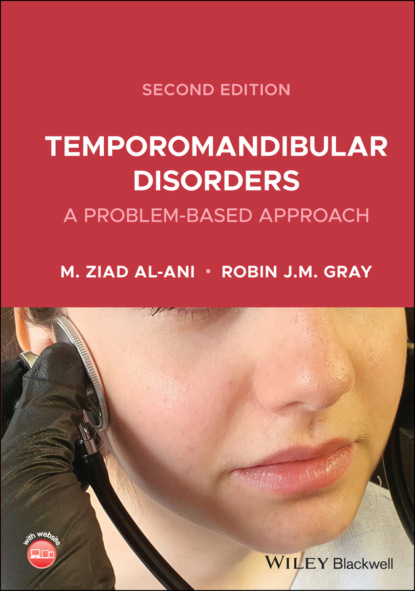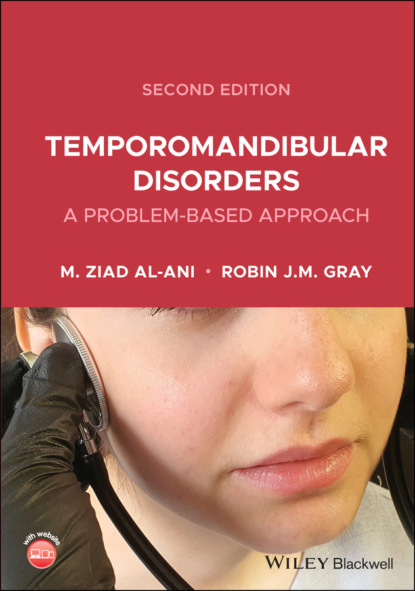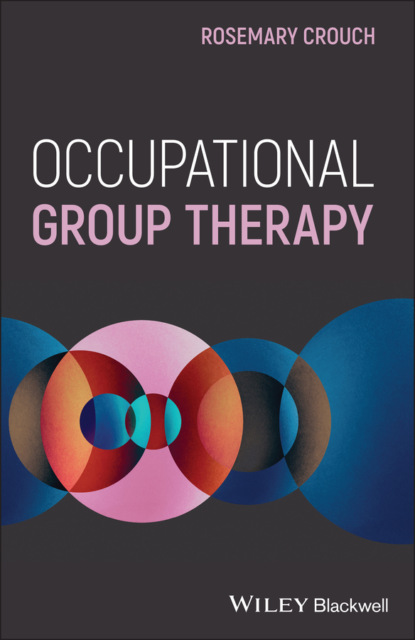"Manual of Psychosocial Rehabilitation" - это исчерпывающий справочник для практикующих в области психического здоровья и студентов, предоставляющий практические советы по всем видам вмешательств в психосоциальную реабилитацию. Книга контекстуализирует описанные вмешательства и дает указания, чтобы читатель мог изучить теорию и исследования. Этот справочник признает широкий спектр влияния психических заболеваний и их последствий на повседневную жизнь, а также способствует модели восстановления в психосоциальной реабилитации, нацеленной на укрепление позиций клиницистов в разработке персонализированных планов реабилитации для своих клиентов. Книга разделена на пять ключевых разделов. Раздел 1 рассматривает оценку, охватывающую доступные инструменты в общественном доступе, инструменты, балльные системы, нормы и применения для диагностики и измерения симптомов, когнитивной функции, нарушений и восстановления. Раздел 2 охватывает полный спектр терапевтических вмешательств и предлагает советы по требованиям к обучению и наблюдению за процессом, воздействием и результатом. Раздел 3 предоставляет руководства и программы для вмешательств, эффективно осуществляемых в групповом формате. Раздел 4 объясняет, как разработать полную программу, интегрирующую терапевтические вмешательства с групповыми программами, а также услугами, предоставляемыми другими агентствами. В завершающем разделе рассматривается взаимопомощь и самопомощь, предоставляя руководства и ресурсы, поддерживающие программы и вмешательства, не требующие профессионального или практикующего направления.
Providing practical advice on a wide range of methods, Psychosocial Rehabilitation allows mental health professionals and students to deal with all kinds of mental wellness issues. It does this through context and theory, offering solutions to create tailored psychosocial rehabilitation programs for every different situation. With this book, the impact of all mental illnesses and its repercussions on day-to-day life are understood, and every tool is there to enable your client to thrive back into good health. This book starts off with assessment, where you can check the appropriate tools that are open to the public, use instruments and measures for diagnosing in any mode or level. From there, you'll be able to understand more about diverse therapeutic treatments, as well as mentors and evaluators required. There's even options for creating an entire program that combines mental wellness interventions with citizen groups, as well any additional services from governments or nongovernmental organizations. And finally, the social' peer! A resource and manual that can offer you-clients with solutions that can work in their world without needing any professional intervention or direction.
Электронная Книга «Manual of Psychosocial Rehabilitation» написана автором Группа авторов в году.
Минимальный возраст читателя: 0
Язык: Английский
ISBN: 9781118352274
Описание книги от Группа авторов
Psychosocial Rehabilitation is a comprehensive ready- reference for mental health practitioners and students, providing practical advice on the full range of interventions for psychosocial rehabilitation. It contextualises the interventions described and provides pointers to enable the reader to explore the theory and research. This manual recognises the wide-ranging impact of mental illness and its ramifications on daily life, and promotes a recovery model of psychosocial rehabilitation and aims to empower clinicians to engage their clients in tailored rehabilitation plans. The book is divided into five key sections. Section 1 looks at assessment covering tools available in the public domain, instruments, scoring systems, norms and applications for diagnosis and measurement of symptoms, cognitive functioning, impairment and recovery. Section 2 covers the full range of therapeutic interventions and offers advice on training and supervision requirements and evaluation of process, impact and outcome. Section 3 provides manuals and programs for interventions effectively provided as group activities. Section 4 explains how to design a full programme that integrates therapeutic interventions with group programmes as well as services provided by other agencies. The final section looks at peer support and self help, providing manuals and resources that support programmes and interventions not requiring professional or practitioner direction.
